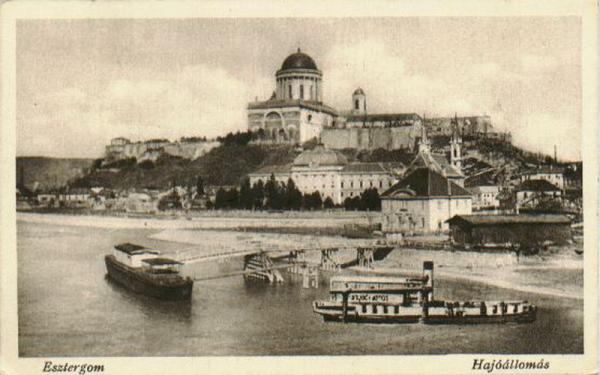

The most plausible explanation for all these changes is that this person spent most of his life working aboard a sea vessel as a sailor, boat builder or fisherman, and whose duties included frequent and intensive use of oars. Apart from auditory exostoses, this individual also exhibits other pathological changes including pronounced skeletal robustness, benign cortical defects at the insertion of the pectoralis major muscles on both humeri and at the attachment sites of the costo-clavicular ligaments on both clavicles, and vertebral osteoarthritis in the cervical and thoracic vertebrae. As the occurrence of auditory exostoses in both past and modern populations has been correlated with prolonged exposure to cold water, the authors propose that during his lifetime this individual performed activities requiring frequent contact with cold water for an extended period of time. Large bilateral auditory exostoses were recorded in the skeleton of an adult male buried in the Roman period necropolis of Zadar-Relja (the Roman colony of Iader) in southern Croatia.

Anthropological Centre, Croatian Academy of Sciences and Arts, 10 000 Zagreb, CroatiaĪrchaeological Museum Zadar, 23 000 Zadar, CroatiaĪuditory exostoses, musculoskeletal stress markers, maritime activities, Roman period, Zadar Abstract


 0 kommentar(er)
0 kommentar(er)
